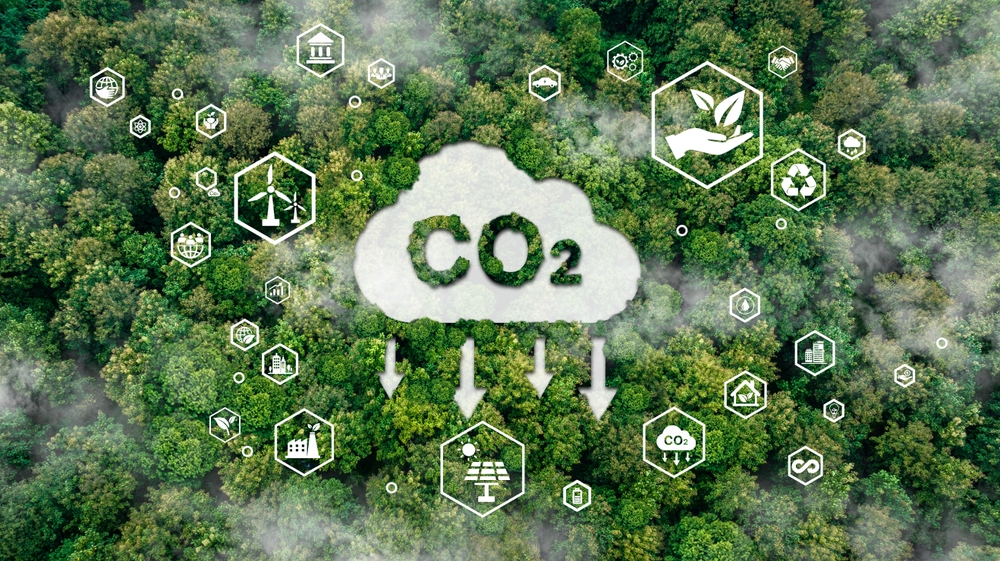Energy Efficiency, GHG Emissions, Industrial - December 19, 2023
Hess Midstream Lowers Emissions by 7% in 2022
Hess Midstream LP lowered its GHG emissions in 2022 through several projects, including bringing online two new compressor stations, increasing existing capacity by 25%.
Details were announced in the publication of its 2022 Sustainability Report as part of its commitment to transparency about environmental, social and governance plans and performance.
Leading sustainability reporting frameworks were used to develop the Hess Midstream Sustainability Report, including the Energy Infrastructure Council and GPA Midstream Association Environment, Social and Governance Reporting Template; the Sustainability Accounting Standards Board standard for oil and gas – midstream; the Taskforce for Climate-Related Financial Disclosures; and the Global Reporting Initiative Standards, according to a statement.
The company’s operated Scope 1 and 2 GHG emissions decreased by 0.2 million tons, or 7%, in 2022 compared with 2021, due primarily to a significant reduction in natural gas flaring in North Dakota associated with aggressive expansion of Hess Midstream’s natural gas gathering, compression, and processing infrastructure, according to the report.
Hess Midstream supports voluntary reductions in methane emissions through adoption of the ONE Future Coalition (ONE Future) sectoral methane intensity targets for gathering, boosting, and processing. The company made significant progress toward these targets, in addition to supporting Hess’ separate global methane intensity target.
The compressor stations helped the company increase its gas capture capability and support Hess’ GHG emissions goals, including its commitment to achieve net zero Scope 1 and 2 GHG emissions on an equity basis by 2050.
The midstream company’s gas capture initiatives supported Hess in achieving its 5% routine flaring intensity reduction target in 2022 as part of its commitment to achieve zero routine flaring by the end of 2025.
Stay Up-To-Date












